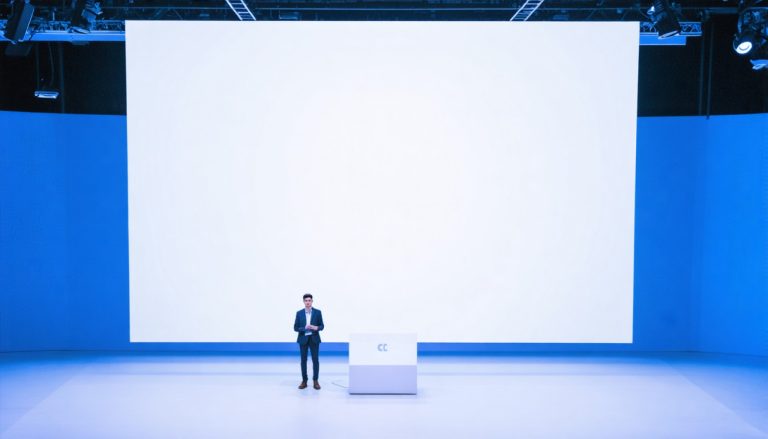
Delhi University (DU) is embarking on several groundbreaking initiatives to enhance its academic and environmental footprint. Among these, a noteworthy project involves the potential development of a satellite designed to contribute significantly to various fields, including scientific research and remote learning. The university aims to create a sophisticated satellite system that will support advanced telecommunications and GPS navigation services. Should financial constraints arise, the university may collaborate with established organizations such as ISRO to bring this vision to fruition.
In addition to technological advancements, DU is committed to promoting sustainability on campus. Plans are underway to exclusively utilize electric vehicles, thereby phasing out fossil fuel-powered transports. This initiative aims to foster a cleaner environment, starting with designated areas known as Chhatra Marg.
Furthermore, the university is implementing a program to offer free lunch through a ‘working lunch scheme’ tailored for students from underprivileged backgrounds. Participants will have the opportunity to work in university canteens, which will adhere to stringent food safety protocols and potentially collaborate with local self-help groups for meal provisions.
Another exciting prospect is the establishment of a “University Haat,” akin to marketplaces in international universities, where products from student-led start-ups can be sold. This venture takes advantage of DU’s substantial student population, which presents a vibrant market dynamic.
Last but not least, the university envisions an ‘Alumni Angel Network’ to connect successful alumni with current students, fostering mentorship and support for innovative entrepreneurial undertakings.
Innovative Initiatives at Delhi University: A Comprehensive Overview
Delhi University (DU) stands at the forefront of academic innovation, leveraging technology and progressive social programs to enhance the educational experience and foster a sustainable campus environment. While the university has made headlines with its ambitious projects, there are additional noteworthy facts and relevant updates that highlight the scope and impact of these initiatives.
Key Questions and Answers:
1. What are some of the specific technological innovations being pursued by Delhi University?
Delhi University is not just focusing on satellite development; it is also exploring areas like artificial intelligence (AI) for personalized learning experiences and blockchain technology for secure student records and fee mechanisms. This diverse tech integration aims to elevate the standard of education and administration at the university.
2. How does the university plan to implement its sustainability initiatives?
Beyond electric vehicles, DU is investing in solar energy for its campuses and has initiated a water conservation strategy that includes rainwater harvesting systems. This multi-faceted approach to sustainability sets a precedent for environmental responsibility in educational institutions.
3. Is there any resistance to the proposed changes?
Yes, some faculty members and students have expressed concerns regarding the potential commercialization of university spaces, particularly with the establishment of the “University Haat.” They fear that this could overshadow educational priorities and undermine academic integrity.
Challenges and Controversies:
– Resource Allocation: One of the major challenges is securing sufficient funding for these innovative projects. While collaborations with organizations like ISRO can alleviate some financial burdens, ongoing support is crucial for sustainability.
– Inclusivity of Initiatives: Although the “working lunch scheme” aims to assist underprivileged students, there are concerns about the program’s scalability and effectiveness. Ensuring that it reaches those who need it most remains a challenge.
– Balancing Tradition and Innovation: Delhi University has a rich academic heritage, and some stakeholders worry that rapid modernization could erode traditional academic values that define the institution.
Advantages and Disadvantages:
Advantages:
– Enhanced Learning Opportunities: The integration of technology promotes a more interactive and engaging educational environment, catering to diverse learning styles.
– Improved Campus Sustainability: Environmental initiatives reduce the carbon footprint and encourage a culture of sustainability amongst students and staff.
– Economic Opportunities: The “University Haat” can provide budding entrepreneurs a platform to showcase their products, potentially leading to job creation and economic growth.
Disadvantages:
– Financial Risks: Relying on potential partnerships for funding may lead to vulnerabilities if those partnerships do not materialize.
– Implementation Barriers: The rapid rollout of technological initiatives could face resistance from faculty and administrative staff accustomed to traditional practices, leading to possible delays and conflicts.
– Equity Concerns: The success of initiatives like the free lunch program is contingent on its execution and accessibility, which could disadvantage those unaware of or unable to participate in such programs.
As Delhi University continues to undertake ambitious initiatives, the interplay of innovation, sustainability, and academic integrity will shape its future. For more information and updates on its programs, you can visit the official Delhi University website at Delhi University.



